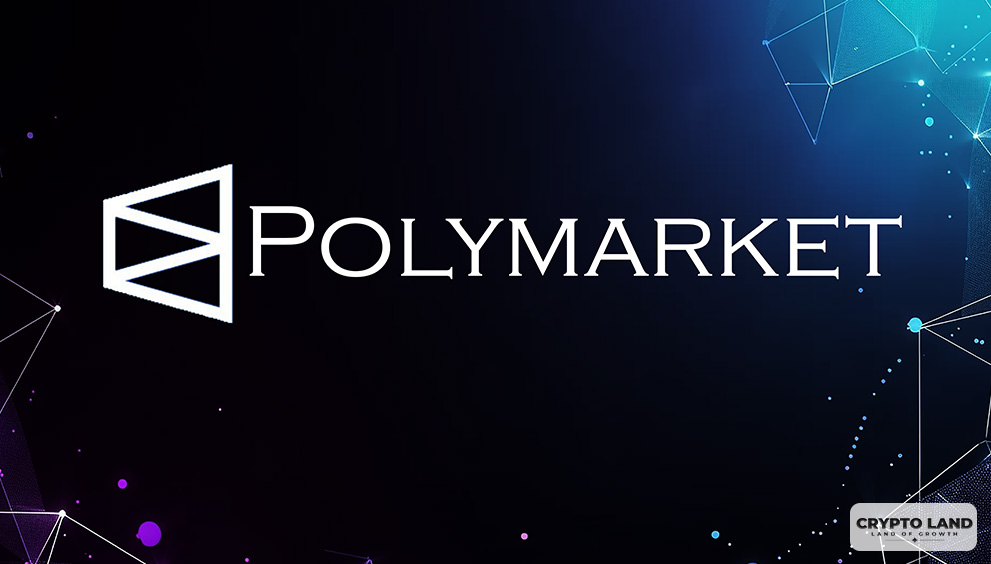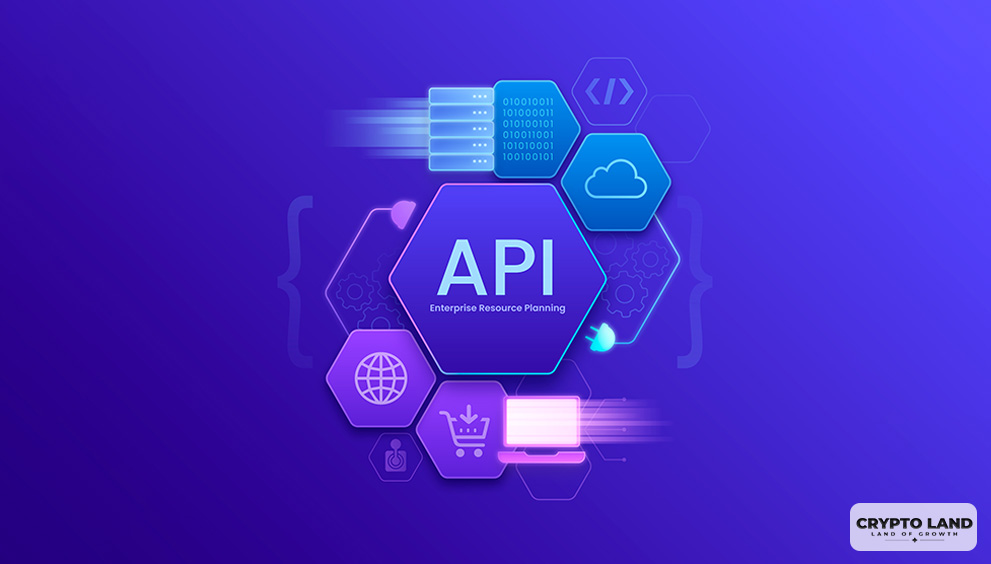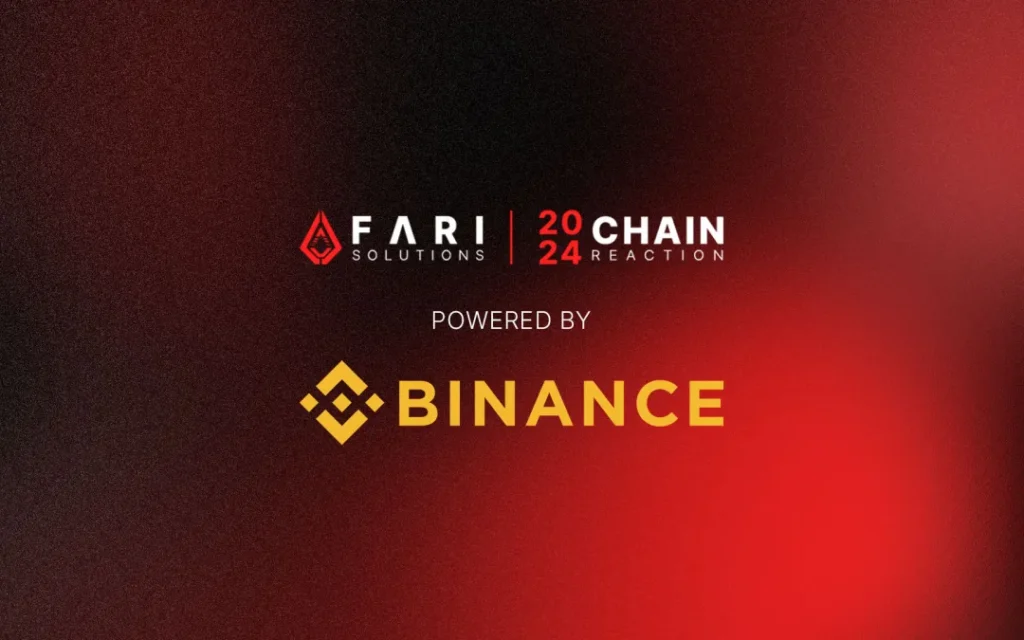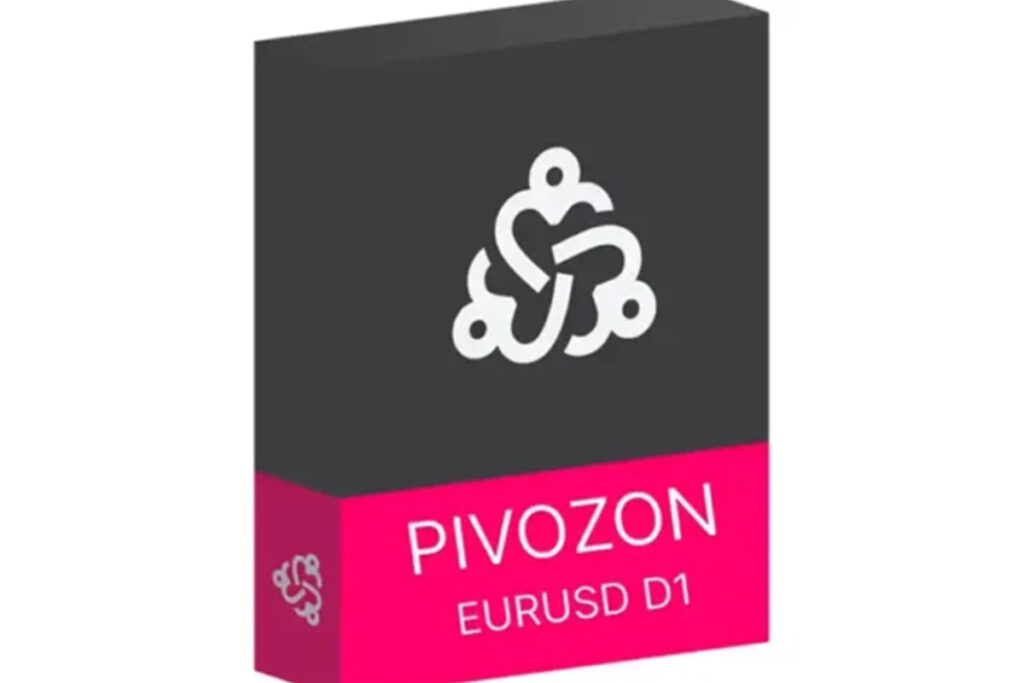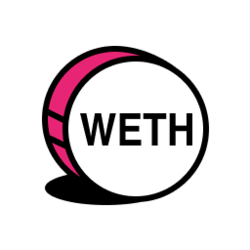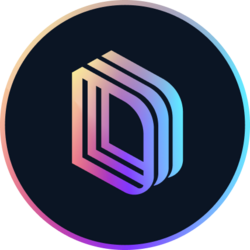What Is AI-led Governance in Crypto?

AI-led governance in crypto refers to using AI algorithms and machine learning models to facilitate or even make decisions within decentralized autonomous organizations and blockchain-based governance structures.
This is gaining prominence in the crypto space as it looks at more efficient and objective methods for managing decentralized ecosystems where, at times, thousands of stakeholders have to vote on key decisions. Here are the key aspects:
Top Benefits of AI-Governance in Crypto

It simply implies that AI can work through big data sets with profound trend analysis and subsequent predictions made with historical data. AI can provide governance assistance by finding patterns, odd outliers, and many other abnormalities that any human might easily miss.
Such features make well-informed decisions regarding market sentiments, user behaviour, and security and provide insights based on the vast on-chain data that is fed to them.
Objective Evaluation: AI will eliminate human bias because it bases its decisions on data-driven metrics. This is critical in environments like crypto, where emotions and personal biases often sway votes and outcomes. This would eliminate the “ Big Boss” factor that we see with celebrity founders such as Vitalik Buterin, Justin Sun, and Changpeng Zhao.
Scalability: As crypto ecosystems grow, so does the volume of proposals and data. AI-driven governance can handle and process large volumes, thus ensuring governance scales alongside project growth. Moreover, beyond a certain level, we cannot rely on investigators like Arkham and Spotonchain to uncover every wrongdoing with crypto projects.
Enhanced Security: Anomaly detection, such as fraudulent transactions or governance attacks, by on-chain pattern analysis in AI models, particularly with blockchain.
Automated Compliance: AI could automate regulatory compliance and protocol rules, adapting governance protocols to meet regulatory changes. If we include a human in the middle, we can even ensure that fast and accurate reporting is done.
Required Technology for AI-led Governance
Machine Learning Models: This comprises both supervised and unsupervised learning models, which are needed to train AI systems on historical governance data, user behavior, and market trends.
Data Infrastructure: A large dataset, including data on-chain, user transaction data, and even sentiments from social media, needs to be built for AI models.
They’re about implementing AI decisions through smart contracts, a go-between the intermediary that AI-driven decision-making has to communicate and pass its decisions to be implemented on the blockchain with.
Oracles: This is extremely important when correlating the off-chain data, such as market trends or sentiment data, to the on-chain procedures. This is crucial if the AI system needs specific external data for governance-related decisions.
Decentralized Data Feeds: For AI-led governance to be reliable and unbiased, decentralized and tamper-resistant data sources must be available to provide the data that AI models depend on.
Current Status of Technology
While individual parts of AI-led governance are developed, such as predictive analytics and decentralized oracles, an entirely automated and widely accepted AI-led governance model remains in the works. Presently, DAOs involve data analytics to inform their decisions and manage risks, but completely autonomous AI-driven decisions are not part of standard practice yet.
Often, integration of AI systems into governance frameworks is limited because trust in AI’s objectivity and reliability is necessary, and technical limitations in protecting security in inputs and outputs go into AI.
Future Vision for the AI-led Governance
- Spam-Filtered Proposal Systems: AI may enhance the governance process by determining any proposal’s seriousness, saving participants’ time. This would target frivolous suggestions with a non-serious intention. A human in the loop would ensure that no error is made regarding this.
- Predictive Governance: AI could make governance decisions based on predicted analysis to help communities predict market trends, regulatory modifications, or protocol upgrades well in advance. This would also highlight issues that are not troubling at present but will pose a serious challenge in the future. For example, Ethereum does not have Quantum Proofing on its blockchain.
- Enhanced Governance Models: Advanced AI models can improve fraud detection and governance manipulation attempts by monitoring voting behaviors and transaction patterns.
- Adaptive Governance Protocols: AI can enable governance protocols to adapt dynamically to conditions like changes in transaction fees or liquidity.
Pros and Cons of AI-led Governance
Advantages:
- Efficiency: Speeds up decision-making, especially in large DAOs where every proposal requires widespread participation.
- Low Degree of Bias: This approach reduces the effect of human biases and emotive decision-making, relying instead on objective data analysis.
- Improved Security: AI will be able to detect worse behavior and anomalies, enhancing security correspondingly.
- Cost Savings: This helps save human resources because functions like proposal analysis and voting mechanics will be automatically performed.
Disadvantages:
- Trust and Transparency: AI algorithms are sometimes ‘black boxes,’ which undermines trust if stakeholders cannot verify decision-making processes.
- Data Dependency: AI governance is very data-intensive. Poor or biased sources of data lead to poor decisions.
- Security Concerns: Malicious actors will exploit weaknesses in AI algorithms, especially if they can access training data or models. AI-led governance in cryptocurrency is exciting regarding scalability and efficiency, especially when achieved with objectivity. ‘
Integrating AI into governance structures requires a balanced approach that allows for decentralization and openness. Future AI in crypto governance will depend on its ability to build trust while keeping matters transparent and, more importantly, serving the community, not the other way around.
Conclusion
AI-led governance presents a transformative opportunity for decentralized organizations within the crypto space, enabling efficient, scalable, and objective decision-making processes. By leveraging AI for data-driven insights, anomaly detection, and automated compliance, blockchain-based governance can enhance transparency and reduce the influence of personal biases, thus promoting a more equitable environment. However, the transition to fully autonomous AI governance requires careful consideration of transparency and trust, as well as robust security measures to guard against malicious actors. As this technology evolves, the goal should be to ensure that AI serves the community, balancing automation with human oversight for a governance system that is both decentralized and trustworthy. This balanced integration holds the potential to shape the future of crypto governance, making it more resilient, adaptable, and community-focused.




















![Top Altcoins in October [2024] You Should Look Out For 20 Top Altcoins in October [2024] You Should Look Out For](https://cryptolandoff.com/wp-content/uploads/2024/10/Top-Altcoins-in-October-2024-You-Should-Look-Out-For.jpeg)





























